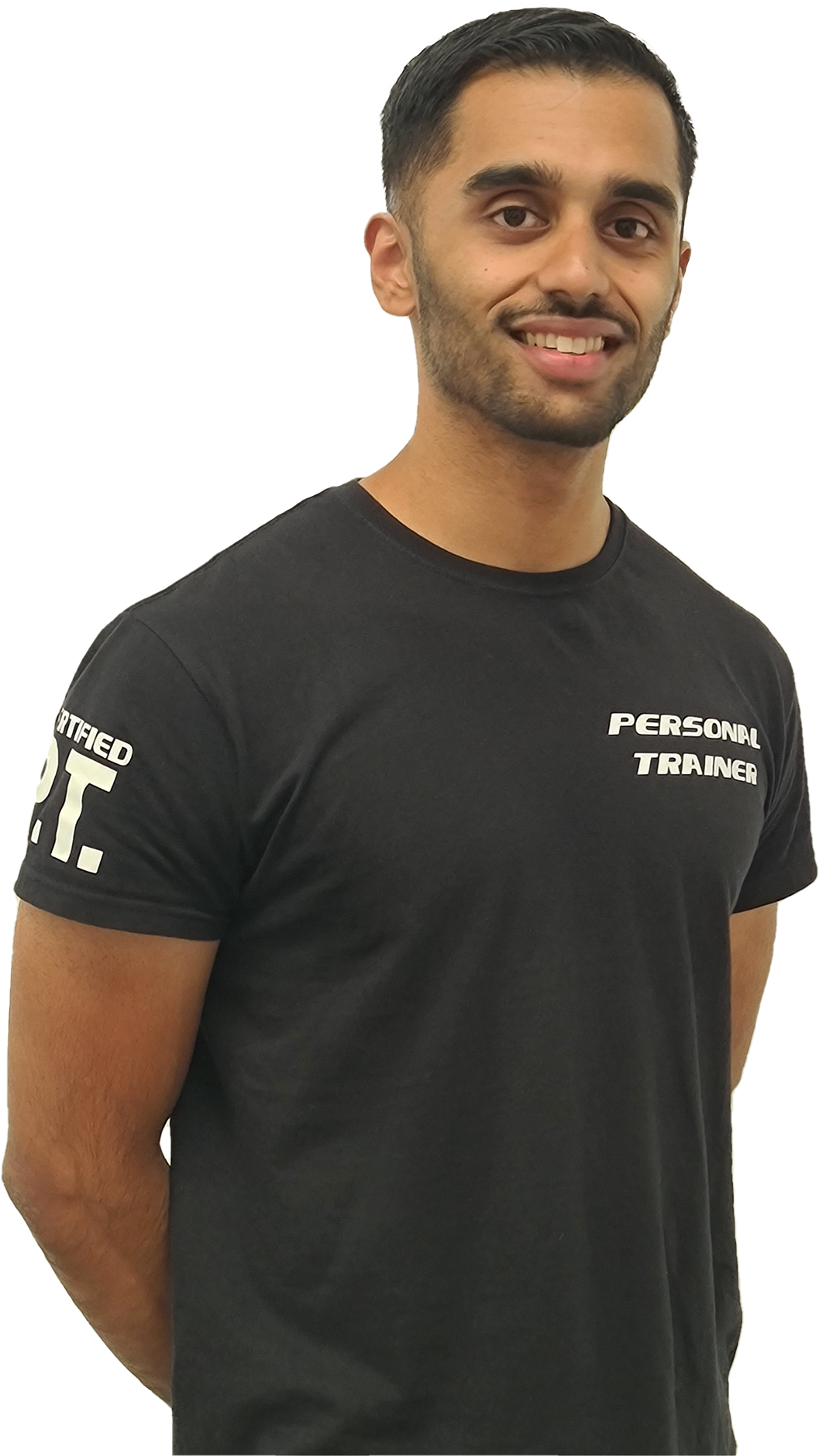How to Improve Your Flexibility and Mobility: A Comprehensive Guide
Introduction
Welcome to this comprehensive guide on how to improve your flexibility and mobility. Whether you're an athlete, fitness enthusiast, or someone looking to enhance your overall physical well-being, flexibility and mobility play a crucial role in achieving your goals. In this article, we will explore various techniques, exercises, and tips to help you enhance your flexibility and mobility effectively.
Table of Contents
What is Flexibility and Mobility?
The Benefits of Improving Flexibility and Mobility
Understanding the Factors Affecting Flexibility and Mobility
- How to Improve Your Flexibility and MobilityStretching Exercises
- Yoga and Pilates
- Foam Rolling
- Strength Training
- Balance and Stability Exercises
- Proper Warm-up and Cool-down
- Maintaining a Healthy Lifestyle
- Frequently Asked Questions FAQ 1: What is the best time to stretch for improving flexibility and mobility?
- FAQ 2: Can flexibility and mobility be improved at any age?
- FAQ 3: Is it necessary to warm up before stretching?
- FAQ 4: How often should I perform stretching exercises?
- FAQ 5: Are there any precautions to consider while improving flexibility and mobility?
- FAQ 6: Can I improve flexibility and mobility without going to the gym?
What is Flexibility and Mobility?
Flexibility refers to the ability of a joint or group of joints to move through its complete range of motion. It is determined by the elasticity of muscles, tendons, and ligaments surrounding the joint. On the other hand, mobility refers to the overall ability to move freely and without restrictions. It encompasses not only joint flexibility but also the coordination, strength, and control required to move effectively.
The Benefits of Improving Flexibility and Mobility
Improving your flexibility and mobility offers a wide range of benefits. Here are some of the key advantages you can experience:
- Enhanced Performance: Increased flexibility and mobility contribute to better athletic performance, allowing you to move more efficiently and effectively during various activities or sports.
- Reduced Risk of Injuries: Improved flexibility and mobility help to prevent injuries by ensuring that your body can move properly without placing excessive stress on joints and muscles.
- Better Posture: Good flexibility and mobility promote proper alignment of the body, leading to improved posture and reduced strain on muscles and joints.
- Improved Range of Motion: Increased flexibility and mobility enable you to achieve a wider range of motion in your daily activities and exercises, enhancing your overall movement capabilities.
- Relief from Muscle Soreness: Regular stretching and mobility exercises can alleviate muscle soreness, stiffness, and tension, promoting faster recovery and enhancing overall comfort.
How to Improve Your Flexibility and Mobility
Now that we understand the importance of flexibility and mobility, let's explore some effective techniques and exercises to enhance them:
Stretching Exercises
Stretching exercises are a fundamental component of any flexibility and mobility routine. They help lengthen muscles, tendons, and ligaments, improving range of motion and overall flexibility. Here are some popular stretching exercises:
- Hamstring Stretch: Sit on the floor with one leg extended and the other bent. Reach forward and try to touch your toes, feeling a stretch in the back of your thigh. Hold for 30 seconds and repeat on the other leg.
- Quadriceps Stretch: Stand upright and grab your ankle, pulling your heel towards your glutes. Feel the stretch in the front of your thigh. Hold for 30 seconds and repeat with the other leg.
- Calf Stretch: Stand facing a wall, placing your hands against it. Step one foot back and press the heel down, feeling a stretch in your calf muscle. Hold for 30 seconds and repeat on the other side.
- Triceps Stretch: Extend one arm overhead and bend your elbow, reaching your hand towards the opposite shoulder blade. Use your other hand to gently pull the elbow further. Hold for 30 seconds and switch arms.
Yoga and Pilates
Yoga and Pilates are excellent practices for improving flexibility and mobility while also promoting strength, balance, and body awareness. These disciplines combine stretching exercises with mindful movements and controlled breathing. Consider incorporating yoga and Pilates into your routine for comprehensive benefits.
Foam Rolling
Foam rolling, also known as self-myofascial release, involves using a foam roller to apply pressure to specific areas of the body. This technique helps release muscle tension, increase blood flow, and improve tissue mobility. Use a foam roller to target areas like the calves, quads, IT band, and back.
Strength Training
Strength training exercises, such as weightlifting and resistance training, may not be commonly associated with flexibility and mobility. However, they play a crucial role in enhancing overall movement capabilities. By building strength in the muscles, you provide better support to your joints, leading to improved flexibility and mobility.
Balance and Stability Exercises
Balance and stability exercises focus on improving your body's ability to control movements and maintain proper balance. These exercises often involve standing on one leg, using stability balls or balance boards, and performing controlled movements. By enhancing balance and stability, you can optimize your flexibility and mobility.
Proper Warm-up and Cool-down
Before engaging in any flexibility or mobility exercises, it's crucial to warm up properly. A dynamic warm-up routine involving light aerobic exercises, such as jogging or jumping jacks, helps increase blood flow and prepare your muscles for stretching. After your workout, a cool-down with gentle stretches can help relax your muscles and prevent post-exercise soreness.
Maintaining a Healthy Lifestyle
In addition to targeted exercises, maintaining a healthy lifestyle is essential for optimizing flexibility and mobility. Here are some lifestyle tips to consider:
- Stay Hydrated: Drinking an adequate amount of water helps keep your muscles and connective tissues hydrated, improving their elasticity.
- Eat a Balanced Diet: A diet rich in fruits, vegetables, lean proteins, and whole grains provides the necessary nutrients for optimal muscle function and tissue repair.
- Get Sufficient Rest: Proper rest and sleep allow your body to recover and repair, supporting overall physical well-being.
- Manage Stress: Stress can contribute to muscle tension and stiffness. Incorporate stress-management techniques, such as meditation or deep breathing exercises, into your daily routine.
Frequently Asked Questions
FAQ 1: What is the best time to stretch for improving flexibility and mobility?
Stretching can be done at any time of the day. However, many people find that stretching after a workout, when the muscles are warm, is particularly beneficial for improving flexibility and mobility.
FAQ 2: Can flexibility and mobility be improved at any age?
Yes, flexibility and mobility can be improved at any age. While it may take longer to see progress in older individuals, consistent and targeted exercises can help enhance flexibility and mobility at any stage of life.
FAQ 3: Is it necessary to warm up before stretching?
Yes, warming up before stretching is essential. A proper warm-up routine increases blood flow, raises body temperature, and prepares the muscles for stretching, reducing the risk of injury.
FAQ 4: How often should I perform stretching exercises?
Ideally, you should aim to perform stretching exercises at least two to three times a week. Consistency is key for improving flexibility and mobility. However, avoid overstretching or pushing beyond your limits, as this can lead to injury.
FAQ 5: Are there any precautions to consider while improving flexibility and mobility?
When working on improving flexibility and mobility, it's important to listen to your body and avoid pushing too hard. Start with gentle stretches and gradually increase intensity over time. If you have any pre-existing medical conditions or injuries, consult with a healthcare professional before starting a new exercise routine.
FAQ 6: Can I improve flexibility and mobility without going to the gym?
Absolutely! While the gym provides access to various equipment and classes, you can improve flexibility and mobility without it. Many stretching exercises, yoga poses, and bodyweight exercises can be done at home or outdoors with minimal or no equipment.
Conclusion
Improving your flexibility and mobility is a journey that requires consistency, dedication, and a holistic approach. By incorporating stretching exercises, yoga or Pilates, foam rolling, strength training, balance and stability exercises, and maintaining a healthy lifestyle, you can make significant progress in enhancing your flexibility and mobility. Remember to listen to your body, start gradually, and seek guidance from professionals if needed. So start implementing these tips today and enjoy the benefits of improved flexibility and mobility in your daily life.
Check feedspot's website for more innovative and thought-provoking articles related to health and fitness https://blog.feedspot.com/uk_personal_trainer_blogs/
In the London area and looking for a qualified and experienced personal trainer? email me: elitefitnessperformanceuk@gmail.com
#personaltrainer #fitnesscoach #healthcoach #ruislip #harrow #northolt

Start Today!
Ready to transform your fitness journey? Take the first step towards achieving your goals with personal training!
My take on Health and Fitness



